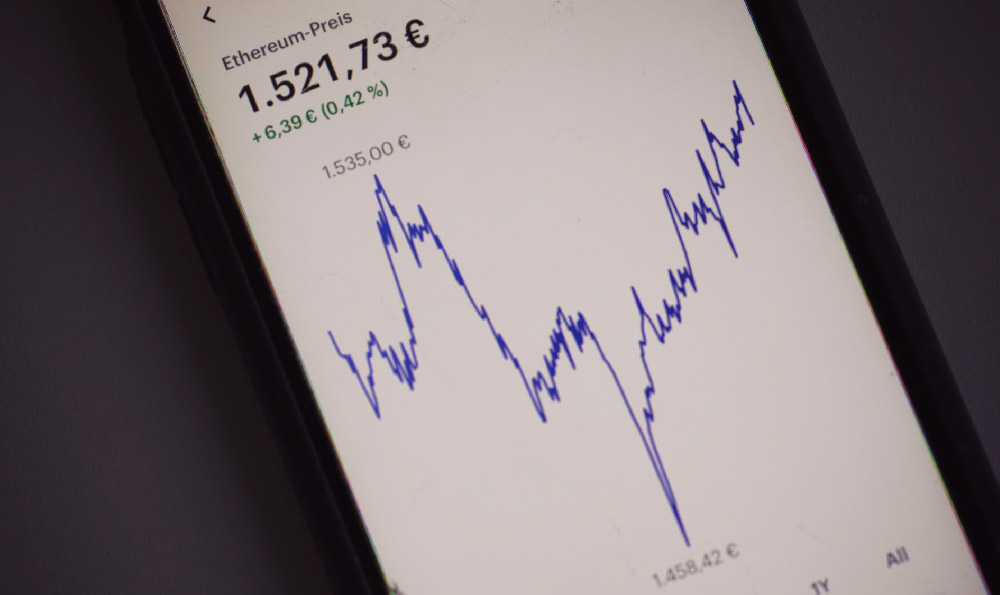Bitcoin and Money: How can you make it, and is it possible?
Bitcoin, since its inception, has sparked debates about its role in the financial world. Is it a fleeting fad or a revolutionary force reshaping how we understand and interact with money? More importantly, can it be a vehicle for wealth creation, and if so, how does one navigate the complexities of the Bitcoin landscape to potentially profit?
The potential for profit with Bitcoin stems from its inherent characteristics: limited supply, decentralized nature, and growing adoption. Its capped supply of 21 million coins differentiates it from fiat currencies, which central banks can inflate at will. This scarcity, coupled with increasing demand, has historically driven up its value. The decentralized nature of Bitcoin, meaning it's not controlled by any single entity like a government or corporation, appeals to those seeking financial autonomy. Furthermore, as more businesses and individuals accept Bitcoin as a form of payment and investment, its utility and value proposition strengthen.
However, the path to profiting from Bitcoin is far from guaranteed and riddled with risks. Understanding these risks is paramount before venturing into the Bitcoin arena. Volatility is perhaps the most significant hurdle. Bitcoin's price can experience dramatic swings in short periods, making it a high-risk investment, especially for those with a low-risk tolerance. Regulatory uncertainty adds another layer of complexity. Governments worldwide are grappling with how to regulate Bitcoin and other cryptocurrencies, and evolving regulations could impact their value and usage. Security risks are also a concern. Bitcoin exchanges and wallets are vulnerable to hacking, and if your Bitcoin is stolen, recovering it can be incredibly difficult, if not impossible.

Despite the risks, there are several avenues to potentially profit from Bitcoin. Investing is the most common approach. This involves buying Bitcoin and holding it, often for the long term, with the expectation that its value will appreciate over time. Dollar-cost averaging (DCA) is a popular strategy within investing. It involves investing a fixed amount of money at regular intervals, regardless of the price, mitigating the impact of volatility. Trading Bitcoin is another path, involving buying and selling Bitcoin frequently to capitalize on short-term price fluctuations. This requires technical analysis skills, a deep understanding of market trends, and a high tolerance for risk. Margin trading, a more advanced strategy, involves borrowing funds to increase your trading position, amplifying both potential profits and losses. This is extremely risky and not recommended for beginners.
Bitcoin mining, the process of verifying and adding new transactions to the blockchain, can also be profitable. However, it requires significant computing power and electricity, making it a capital-intensive venture. The profitability of mining depends on the cost of electricity, the mining hardware's efficiency, and the current Bitcoin price. Staking Bitcoin, which involves locking up your Bitcoin to support the blockchain network and earn rewards, is another option. This is generally less risky than trading or mining but offers lower returns. Lending Bitcoin on cryptocurrency lending platforms can also generate income, but it comes with the risk of default by borrowers.
Beyond these direct methods, you can also earn Bitcoin indirectly. Some companies pay employees or contractors in Bitcoin. Freelance platforms and online marketplaces also allow you to accept Bitcoin as payment for goods and services. Participating in Bitcoin-related bounties and airdrops can also yield small amounts of Bitcoin.
Successfully navigating the Bitcoin world requires a multifaceted approach. Educate yourself thoroughly. Understand the technology, the market dynamics, and the risks involved. Learn about different investment strategies and choose one that aligns with your risk tolerance and financial goals. Start small. Don't invest more than you can afford to lose. Diversify your portfolio. Don't put all your eggs in one basket. Consider investing in other cryptocurrencies or traditional assets to mitigate risk. Secure your Bitcoin. Use strong passwords, enable two-factor authentication, and store your Bitcoin in a secure wallet, preferably a hardware wallet. Stay informed about market trends and regulatory developments. The Bitcoin landscape is constantly evolving, so it's crucial to stay up-to-date on the latest news and information.
Furthermore, avoid common pitfalls. Beware of scams and fraudulent schemes. Bitcoin is a popular target for scammers, so be wary of get-rich-quick schemes and promises of guaranteed returns. Don't fall for FOMO (fear of missing out). Resist the urge to buy Bitcoin simply because everyone else is doing it. Make informed decisions based on your own research and analysis. Avoid emotional trading. Don't let fear or greed drive your investment decisions. Stick to your plan and avoid making impulsive trades. Don't over-leverage. Margin trading can be tempting, but it can also lead to significant losses. Use leverage with caution and only if you fully understand the risks involved.
In conclusion, profiting from Bitcoin is possible, but it requires careful planning, diligent research, and a realistic understanding of the risks involved. It is not a guaranteed path to riches, and it is certainly not a suitable investment for everyone. Treat Bitcoin as a long-term investment, not a get-rich-quick scheme. Remember, responsible investing is the key to long-term financial success. Before investing in Bitcoin, consult with a qualified financial advisor to determine if it aligns with your overall financial goals and risk tolerance. While Bitcoin holds the potential for significant gains, it is crucial to approach it with caution, knowledge, and a disciplined strategy. The future of Bitcoin is uncertain, but a well-informed and prudent approach can potentially unlock its opportunities while mitigating its inherent risks.















